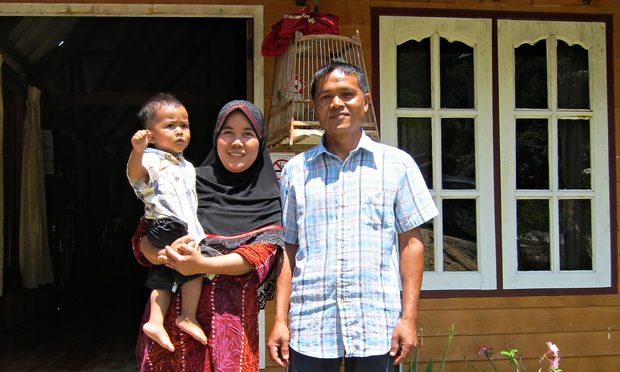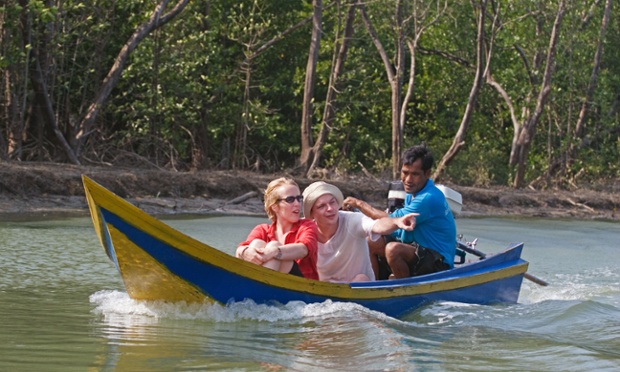Village homestays helps community economy in Thailand

Ten years after the 2004 Boxing Day tsunami devasted communities and their livelihoods all the along the Andaman coast, ecotourism is booming – and bringing the area back to life.
Like so many villages on Thailand’s south-west coast, Ban Talae Nok – “faraway village of the sea” – was engulfed by the Indian Ocean tsunami which devastated the area 10 years ago this 26 December. About 20 houses were swept away and 46 people died, 16 of them children. But this Muslim community is resilient and adaptable. Their ancestors first pitched up here 100 years ago, looking for tin on the golden beaches. When that was gone, they turned to fishing.
Since the disaster, the villagers have set up an ecotourism business with Andaman Discoveries, a social enterprise born out of tsunami funding which has several projects in the area. It has created a sustainable income for the village and opened up new areas and experiences to respectful travellers, which is why I’m here. To enjoy a homestay with Bang Hem and his wife Dae, a friendly, relaxed young couple with two kids – Farit (a cute but overtired toddler who pummels me with furious little blows) and his older sister, Nadyawa.
This homestay is a perfect mix of cultural exchange and chilled-out holiday. Mornings pass with coffee and Dae’s coconut pancakes; afternoons in a shaded hammock, surrounded by goats and ducks. In the nearby gibbon rehabilitation centre, the primates call to those in the wild and are answered by mournful whoops. We gather for delicious dinners of shellfish curry, then spend the evenings with the family – Hem clips Farit’s tiny toenails in front of the TV; Nadyawa giggles at photos we’ve taken together.
Staying with locals has another benefit: insider knowledge. One morning a friend of Hem’s turns up with Sandrine, a French girl who’s staying with a neighbour. We’re dropped off on the nearby Gam Islands, usually frequented only by a handful of Thai families, to picnic on a secluded beach and enjoy a spot of sunbathing away from the Muslim village. In the evening, Dao and Hem take us to the beach, where everyone is gathering with lawa (shrimp nets). We take a side each, loop the ends on to our ankles and wrists and wade to shore in the red glow of sunset, catching enough fish for a barbecue with family and friends. Farit has turned to blowing me kisses.
All along Thailand’s Andaman coast, tourism businesses were rebuilt after the tsunami. What’s extraordinary about Ban Talae Nok is that the villagers had no tourism experience beforehand, yet they’ve won medals for ecotourism in the Thailand Tourism Awards.
Later, on the nearby island of Koh Phra Thong, I stay at Golden Buddha, a high-end eco-resort also rebuilt post-tsunami. It is peaceful, luxurious. I lie in a hammock, listening to the waves. Something is lacking, but I can’t work out what. Then I realise: I’m missing Farit’s tiny fists, the noise and the laughter of Ban Talae Nok.
By Susan Smillie
20 december 2014
www.theguardian.com

